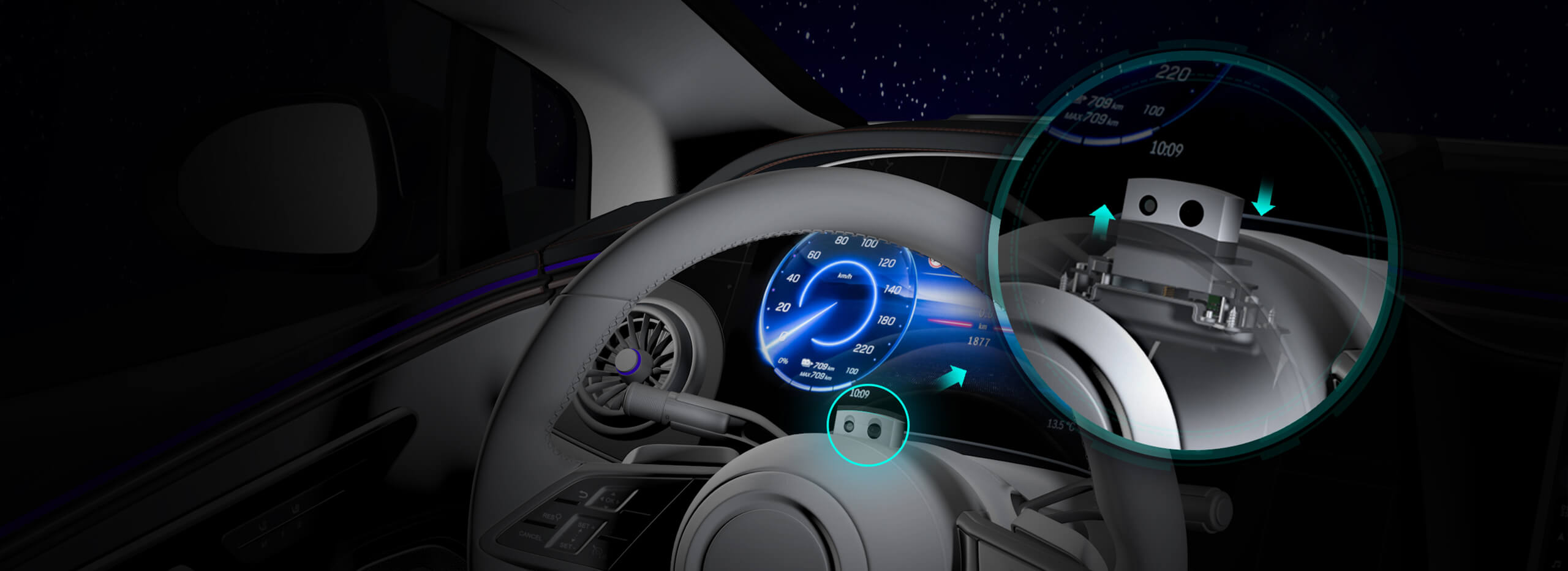Imagine this: you’ve built a sprawling microservices architecture. One part handles customer orders, another manages inventory, and a third takes care of invoicing. Everything runs smoothly until someone wants to update their order status—say, from “processing” to “shipped.” How do you keep things synchronized without creating chaos? That’s where the CQRS design pattern comes into play—a game-changer for microservices.

CQRS, or Command Query Responsibility Segregation, isn’t just some buzzword in the tech world. It’s a way of thinking that separates the actions that change data (commands) from those that read data (queries). Why split them? Because in microservices, it dramatically reduces complexity and boosts scalability. When you isolate command tasks, your system becomes more responsive, and when queries are handled separately, they’re faster and more efficient.
Picture a scenario: a user updates their address. That’s a command—an instruction fired to update the system. Meanwhile, elsewhere, another part of the app fetches the latest shipping details. These are two different processes—sometimes even running asynchronously. With CQRS, these don’t step on each other’s toes. Commands go through an explicit handling process, often involving event sourcing, which keeps a record of every change. Queries just read from a shadow data store optimized for fast retrieval, without affecting write operations.
But some might wonder, “Sounds complicated. Why bother?” Well, in many real-world examples, it’s the architecture that makes or breaks performance. E-commerce platforms, for instance, need quick updates but also lightning-fast reads for millions of product viewers. Using CQRS, their microservices can be finely tuned: commands may update data asynchronously, while queries immediately serve the latest info without delay.
Here’s a quick insight: implementing CQRS isn’t just flipping a switch. It’s an evolution—starting small, maybe with a single service, then expanding. You’ll want to consider event-driven messaging, eventual consistency, and how to handle data synchronization. It might sound technical, but once you get the hang of it, you realize how liberating it is. No more bottlenecks when processing high volumes of requests or complex data flows.
Ever encountered a scenario where a tiny bug in data updates caused loads of confusion? That’s where CQRS’s clarity shines. Because commands and queries have distinct pathways, debugging becomes more straightforward. Plus, integrating it with other patterns like event sourcing or domain-driven design can really turbocharge your microservices.
Now, a question might pop up: “Do I need to overhaul everything to use CQRS?” Not necessarily. Often, it’s about incremental improvement, layering CQRS conceptually into what’s already there. Over time, as your system grows, it naturally aligns with this pattern.
In the end, embracing CQRS in your microservices isn’t just about following a trend. It’s about creating a system that’s robust, scalable, and ready to handle future growth. If you’re tired of those bottlenecks and complex data conflicts, consider diving into this pattern—it might just be the upgrade your architecture needs.
Established in 2005, Kpower has been dedicated to a professional compact motion unit manufacturer, headquartered in Dongguan, Guangdong Province, China. Leveraging innovations in modular drive technology, Kpower integrates high-performance motors, precision reducers, and multi-protocol control systems to provide efficient and customized smart drive system solutions. Kpower has delivered professional drive system solutions to over 500 enterprise clients globally with products covering various fields such as Smart Home Systems, Automatic Electronics, Robotics, Precision Agriculture, Drones, and Industrial Automation.




































